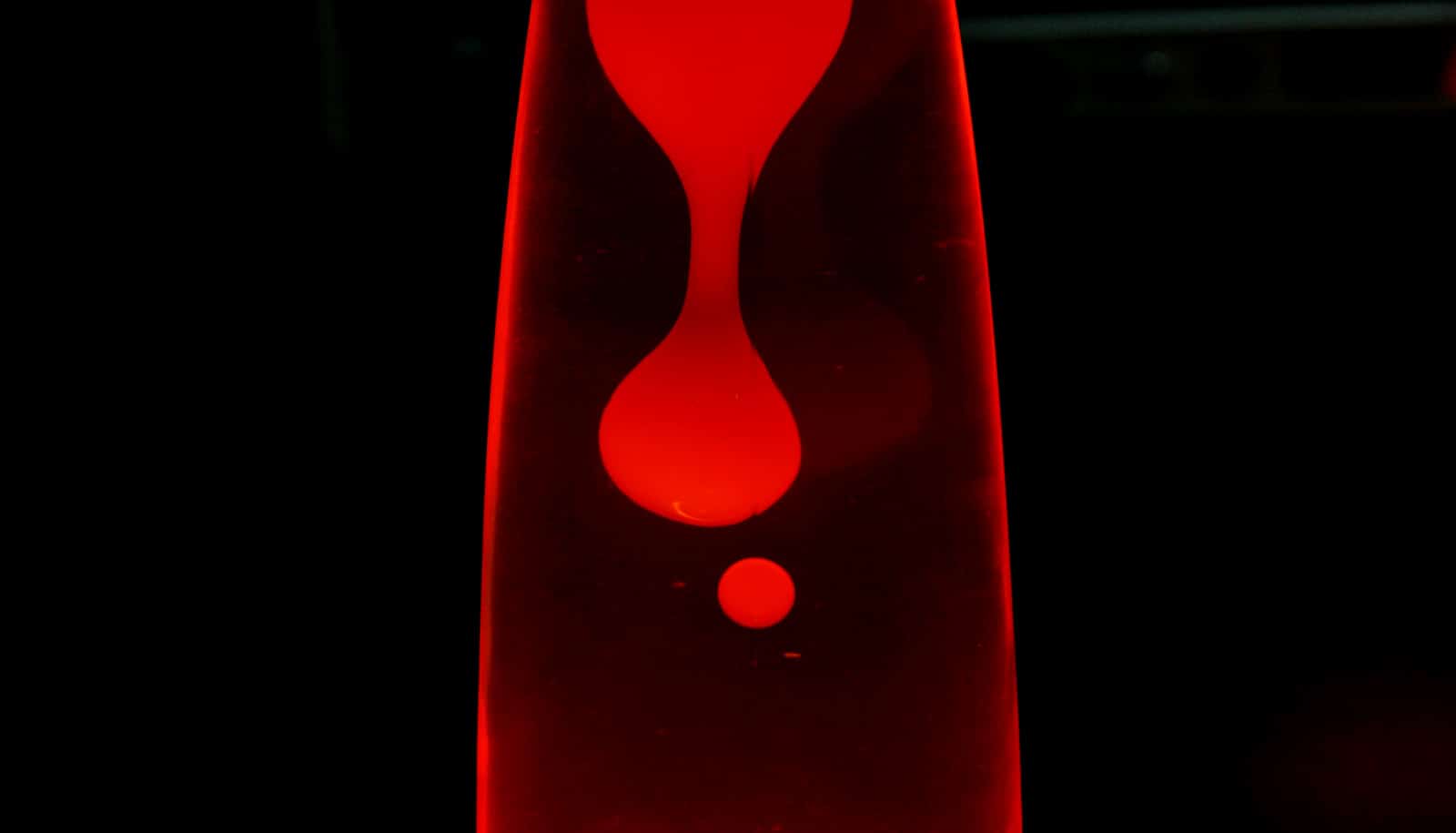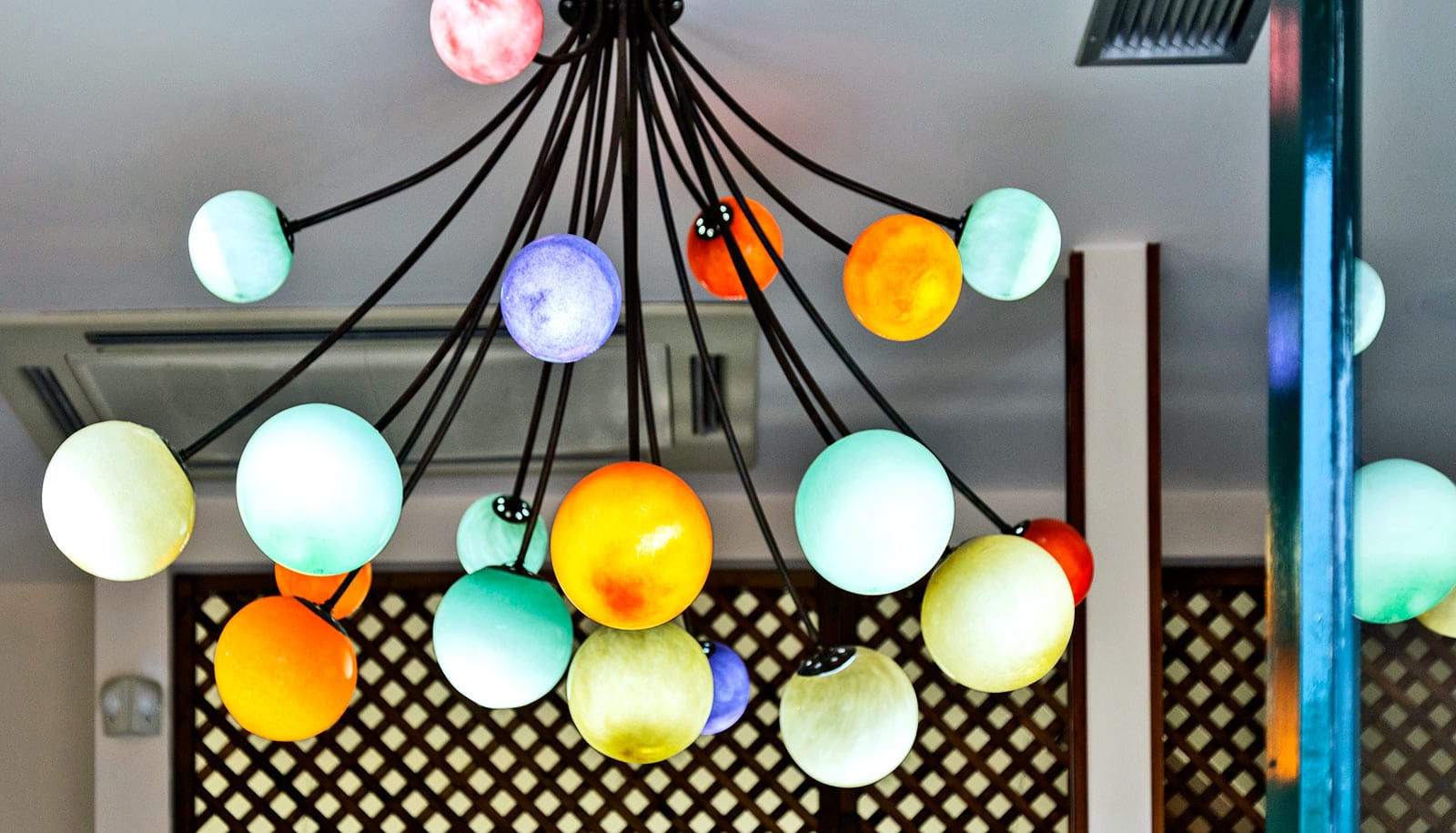Mars, strewn with rocks and pocked by craters, may not have an Earth-like continental crust, according to a new study. Instead, researchers pose an alternative theory: Crystallized magma welled up from inside the red planet.
Three years ago, scientists published work based on data returned by the NASA rover Curiosity that drilled into the Martian surface near Gale Crater. The rover found “granite-like” rock that indicated a Martian continental crust similar to Earth’s.
But geology can be complicated. “To make continental crust you need to brew its ingredients for a very long time—millions and millions of years. The brewing process is complex, involving process of plate tectonics,” says Esteban Gazel, associate professor of earth and atmospheric sciences at Cornell University.
Gazel and his colleagues saw no indication the Martian crust resulted from plate tectonics or a true continental crust. Their work appears in the Journal of Geophysical Research: Planets.
The researchers studied the continental crust hypothesis. To simulate how magma forms igneous (volcanic) rocks, they used the thermodynamical software called MELTS. For starting composition data, the team used a Martian meteorite that fell to Earth and five Mars surface rocks—Fastball, Backstay, Esperanza, Home Plate, June Emerson, and Champagne—that the NASA rover Spirit visited.
Volcanoes hint early Mars was cold and icy
The scientists realized that simple magma evolution—magma cools down and produces crystals, then changes in composition as new crystals form—would create a planetary crust through a process called fractional crystallization. That was a simpler geologic recipe revealed at the area surrounding Gale Crater. The group found that the “granite-like” rocks near Gale Crater do not constitute continental crust, analogous to Earth’s crust.
The magma evolutionary process is very common on Earth, says Gazel. “You can find it in Hawaii, Iceland, or the Canary Islands. Volcanoes from these locations also produce magma that has high-silica content, but it does make it a continental crust. Although this magma has high amounts of silica, the magma lacks the remaining ingredients,” he explains. “This is just a natural process that happens in Earth’s volcanoes too, and it doesn’t necessarily make new continents.”
As an analogy, Gazel explains that the granite used to make kitchen countertops results from an accumulation of crystals in a magma chamber. “You cannot have kitchen countertops if, in previous geologic processes, magma does not cool down,” he says. “That process is called fractional crystallization, resulting in the compositions commonly found on Mars.
“Nevertheless, our study confirms the formation of Mars’ early magmas by activity similar to processes found in Hawaii today,” Gazel says. “There are gigantic upwellings of hot mantle material from deep regions in Mars.”
Did heavy rain give Mars its deep valleys?
Researchers from the University of Nevada, Las Vegas and the University of Tennessee also contributed to the study. NASA and the National Science Foundation supported the research.
Source: Cornell University



